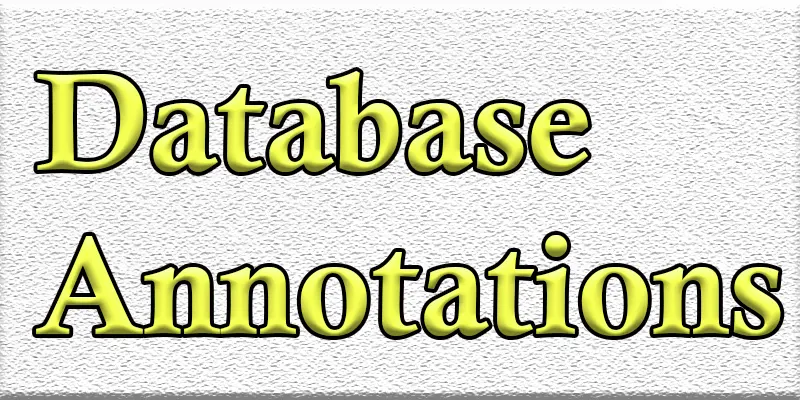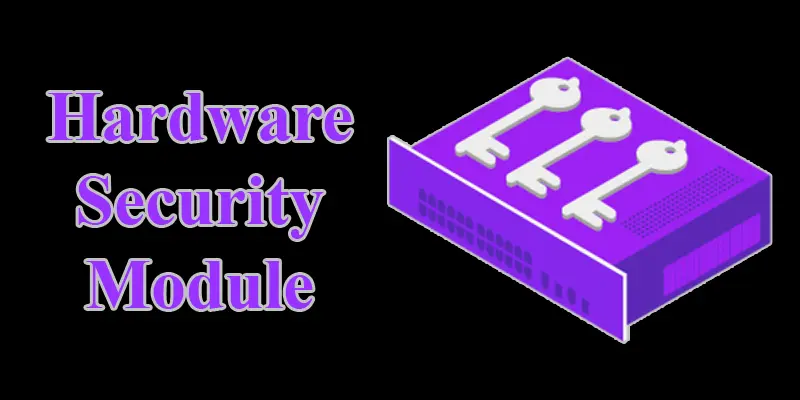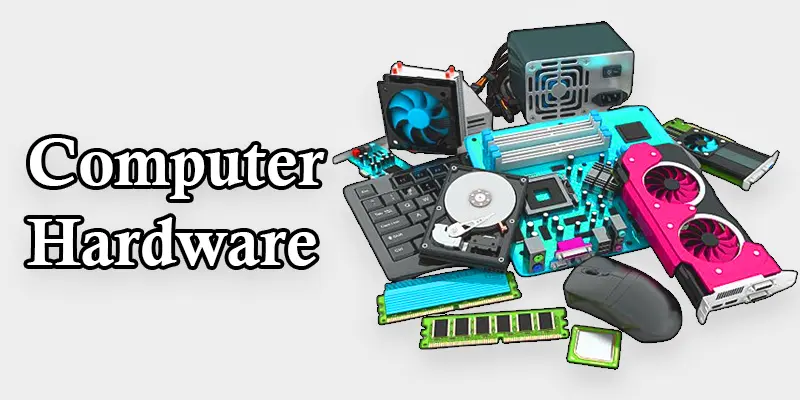Data Annotation Guide | Types, Benefits, Challenges
Published: 21 Nov 2024
What are Database Annotations and How They Work
Database annotations add extra information or explanations to database elements like tables, columns, or relationships. This helps developers and users understand the structure, purpose, or specific details about the data. By using annotations, people can quickly grasp the meaning and usage of different parts of the database without needing to look through complex code or documentation.
Annotations are commonly used in data modeling, database design, and when working with frameworks like Hibernate in Java, where they help define how the database should interact with the application. They simplify database management and make the database easier to maintain and update by adding clear descriptions to the data elements.
Explanation of Data Annotations in Machine Learning
The practice of identifying or marking data so that machines can understand it is known as data annotation. It involves adding information, like names, categories, or other markers, to data (such as images, text, or audio) so that artificial intelligence (AI) and machine learning models can learn from it.
| For Example |
|---|
In an image of a dog, a data annotator might label the dog’s breed color or even outline its shape. This labeled data helps the AI recognize similar objects or patterns when it encounters new, unlabeled data. Data annotation is important for training AI systems to accurately understand and respond to real-world information. |
Importance of Data Annotation in Training AI Models
Data annotation is required because it helps machines understand and learn from data. Machines, like AI models, can’t interpret raw data on their own, so labeling the data with specific information (like names, objects, or actions) makes it easier for them to learn patterns. This is essential for tasks like image recognition, speech processing, or language translation, where an accurate understanding of the data is crucial for the machine to make correct decisions.
Different Types of Data Annotation Techniques
Data annotation is a broad term that covers various types of labeling processes, including image, text, audio, and video annotation. To make each type clearer, we’ve explained them in smaller, easy-to-understand sections.
How Image Annotation Works for Computer Vision
Image annotation is the process of labeling parts of an image to help machines recognize objects, people, or scenes.
| For example |
|---|
If there’s a picture of a cat and a car, annotators would tag each object to identify it. This helps AI learn to recognize these items in other images, which is useful in applications like self-driving cars and image search. |
Text Data Annotation for Natural Language Processing
Text annotation involves adding labels to parts of text to help machines understand language.
| For Example |
|---|
Tagging names, emotions, or important topics in sentences allows AI to recognize these elements. This process is essential for training chatbots, translation tools, and other language-based applications. |
Audio Data Annotation for Speech Recognition AI
Audio annotation is the process of labeling parts of an audio recording to help machines understand sounds and speech.
| For Example |
|---|
Annotators might tag words, emotions, or pauses in the audio, making it easier for AI to recognize speech patterns. This is useful for training voice assistants and other audio-based applications. |
Video Annotation Tools for AI Training Datasets
Video annotation involves labeling objects or actions in a video to help machines understand what’s happening.
| For Example |
|---|
Annotators might track a moving car or a person in each frame of the video. This helps AI recognize movement, identify objects, and improve features like video search or self-driving cars. |
Semantic Annotation for Improved Data Understanding
Semantic annotation involves adding meanings or related information to data, such as words or phrases.
| For Example |
|---|
Annotating a word in a sentence with its definition or related terms helps AI understand its context. This is useful for improving search engines and recommendations, and understanding content more accurately. |
3d Point Cloud Notation for Autonomous Vehicles
Labeling objects in 3D data is known as 3D point cloud annotation, and it is frequently utilized in technologies such as self-driving cars. It helps identify things like pedestrians, vehicles, or road signs in a 3D space. This annotation allows AI to understand the environment and navigate safely by detecting obstacles in real-time.
Entity Annotation in Text for AI Model Training
Entity annotation is the process of identifying important information in text, like names, dates, or locations.
| For example |
|---|
In a sentence like “John went to Paris on Monday,” annotators would tag “John” as a person, “Paris” as a location, and “Monday” as a date. This helps AI understand and extract key details from documents or conversations. |
| Benefits of Database Annotation for Machine Learning |
|---|
|

Why Data Annotation is Crucial for Machine Learning
Data annotation is crucial in machine learning because it helps teach algorithms how to understand and interpret data. By labeling data, such as images, text, or audio, we provide the necessary information for the machine to learn patterns and make predictions. Without proper annotation, machines would struggle to recognize and understand real-world data accurately.
In machine learning, annotated data acts as the foundation for training models. The more accurate and detailed the annotations, the better the machine can learn and perform tasks like speech recognition, object detection, or language translation. Essentially, data annotation ensures that AI systems can function effectively and make correct decisions based on the data they analyze.
- Ensures Accuracy: Quality control makes sure that the labels or tags added to the data are correct and precise.
- Improves Machine Learning: Accurate annotations help machines learn better and make more reliable predictions or decisions.
- Prevents Errors: Regular checks help identify and fix mistakes in the data before it’s used for training AI models.
- Consistency: Ensures that all data is labeled in the same way, making the model’s learning process more effective.
- Saves Time and Resources: Catching errors early in the annotation process avoids costly mistakes later when the model is being trained or deployed.
Common Challenges in Data Annotation for AI Development
The main challenges in data annotation for successful AI development are:
- Time and Effort: Annotating large amounts of data can take a lot of time and work, especially for complex tasks like labeling images or videos.
- Accuracy: Ensuring that the data is labeled correctly is crucial, as mistakes in annotation can lead to poor AI performance.
- Consistency: Keeping annotations consistent across all data is important, but it can be hard to maintain, especially with large teams.
- Cost: Data annotation can be expensive, especially when hiring experts to label complex data or large datasets.
- Subjectivity: Some data may require personal judgment, which can lead to different annotations from different people, affecting the reliability of the AI model.
How to Choose the Best Data Annotation Tool
Selecting the right data annotation tool is important for efficient and accurate labeling. The tool should be easy to use and suit the specific type of data you’re working with, like images, text, or audio. It should also allow for quick labeling to save time and improve productivity.
Another key factor is scalability—choose a tool that can handle large amounts of data as your project grows. It’s also helpful if the tool has features like quality control, collaboration options, and integration with other machine learning systems to ensure a smooth workflow and high-quality annotations.
Best Practices for Accurate Data Annotation
Here are some best practices for data annotation:
- Clear Guidelines: Provide clear instructions to annotators on how to label the data correctly, ensuring consistency and accuracy.
- Quality Control: Regularly check the labeled data to catch mistakes and ensure it meets the required standards.
- Use the Right Tools: Choose data annotation tools that fit your project’s needs and help speed up the process.
- Team Training: Make sure annotators understand the task and are properly trained to reduce errors.
- Consistency: Ensure the labeling is consistent across the entire dataset, which helps the AI learn better.
- Test and Validate: After annotation, test the data on the machine learning model to see if it’s helping the AI make correct predictions.
Conclusion | Key Points About Data Annotation in AI
Training AI algorithms to comprehend and make judgments based on real-world data requires data annotation. By labeling data accurately and consistently, we help machines learn patterns that improve their performance. Following best practices like using the right tools, ensuring quality control, and providing clear guidelines can make data annotation more efficient and effective. Ultimately, good data annotation leads to better AI outcomes and more reliable technology.
FAQS – Data Annotations Technology
Yes, data annotations are legitimate and widely used in various industries, especially in AI and machine learning. They are a crucial part of training machines to understand and process data, like images, text, or audio, to make better decisions or predictions.
Data annotation is used in technology to train artificial intelligence (AI) models to identify and analyze various kinds of data. For example, labeling objects in images helps self-driving cars recognize pedestrians, while annotating text helps chatbots understand customer queries. It’s essential for improving AI’s accuracy and performance.
On Reddit, people discuss the importance of data annotation for AI development and the challenges involved, like the time it takes and the need for accuracy. Some users also share their experiences with data annotation jobs or tools, while others discuss the potential for automation in this field. Overall, it’s seen as an essential but sometimes tedious task for AI development.
There are various jobs in data annotation, including roles like data annotators, labelers, and quality control specialists. These jobs involve labeling and tagging data like images, text, or videos. Some positions may require specialized knowledge, while others may be more general and suitable for beginners. Many data annotation jobs are remote and offer flexible work options.
Data annotation means adding labels to raw data like text, images, or videos. It helps machines understand and learn from the data.
The main types are text annotation, image annotation, and video annotation. Each one helps train AI on different kinds of data.
In programming (like Java), @Data is used with Lombok to auto-generate boilerplate code. It creates getters, setters, and more to save time.
Database annotations mark or describe data for easier processing. They help systems understand what each part of the data means.
A data annotator adds tags, labels, or notes to data. Their work trains AI and improves model accuracy.
It’s used to train AI and machine learning models by telling them what the data represents. It gives structure and meaning to raw information.
Labeling a cat in a photo as “cat” is an annotation. It tells the AI what’s in the image.
Without annotations, AI wouldn’t know how to understand data. They make learning possible for machines.
Annotation is also called labeling or tagging. All means adding information to data.
Tools like Labelbox, CVAT, and SuperAnnotate help users label data easily. They support image, video, and text annotations.

- Be Respectful
- Stay Relevant
- Stay Positive
- True Feedback
- Encourage Discussion
- Avoid Spamming
- No Fake News
- Don't Copy-Paste
- No Personal Attacks

- Be Respectful
- Stay Relevant
- Stay Positive
- True Feedback
- Encourage Discussion
- Avoid Spamming
- No Fake News
- Don't Copy-Paste
- No Personal Attacks





